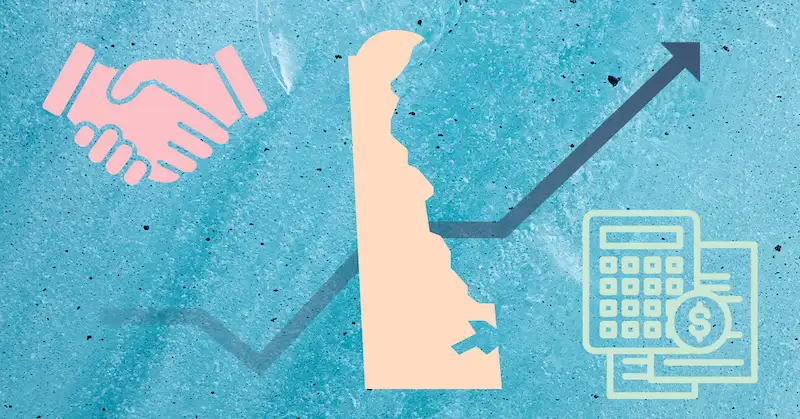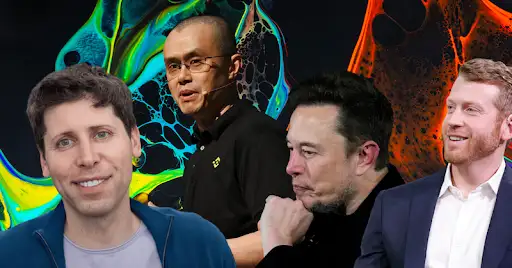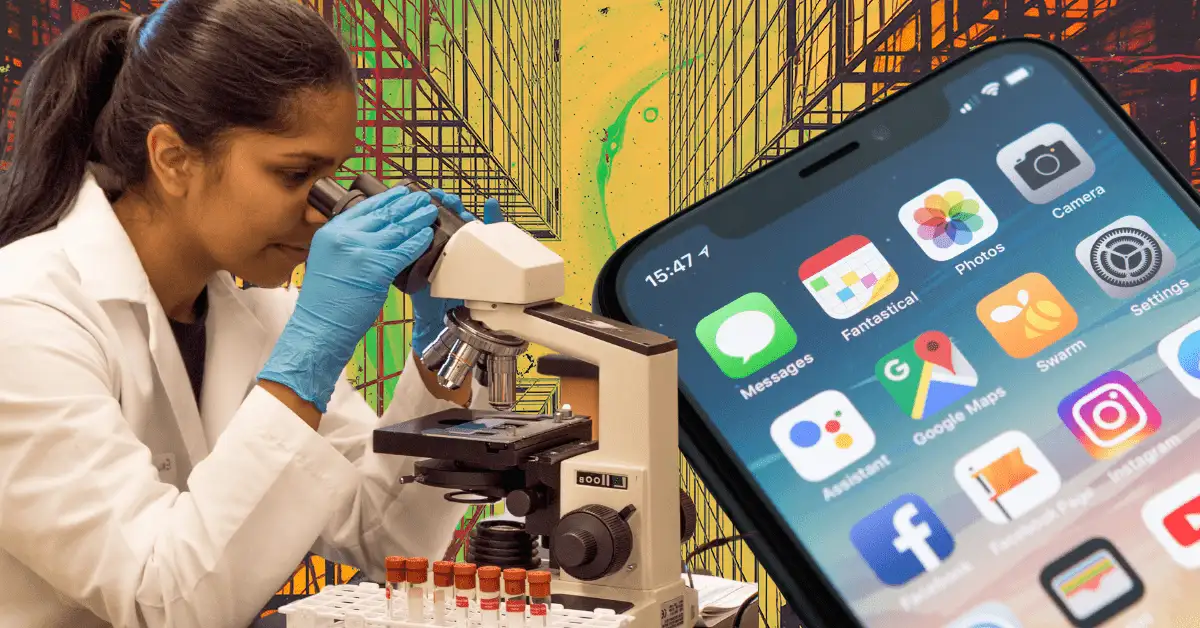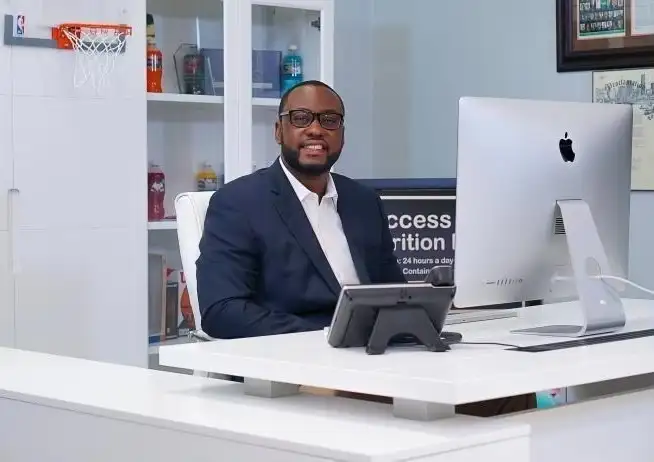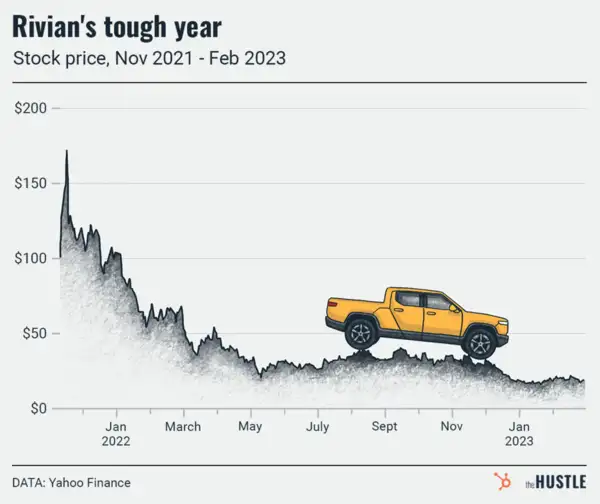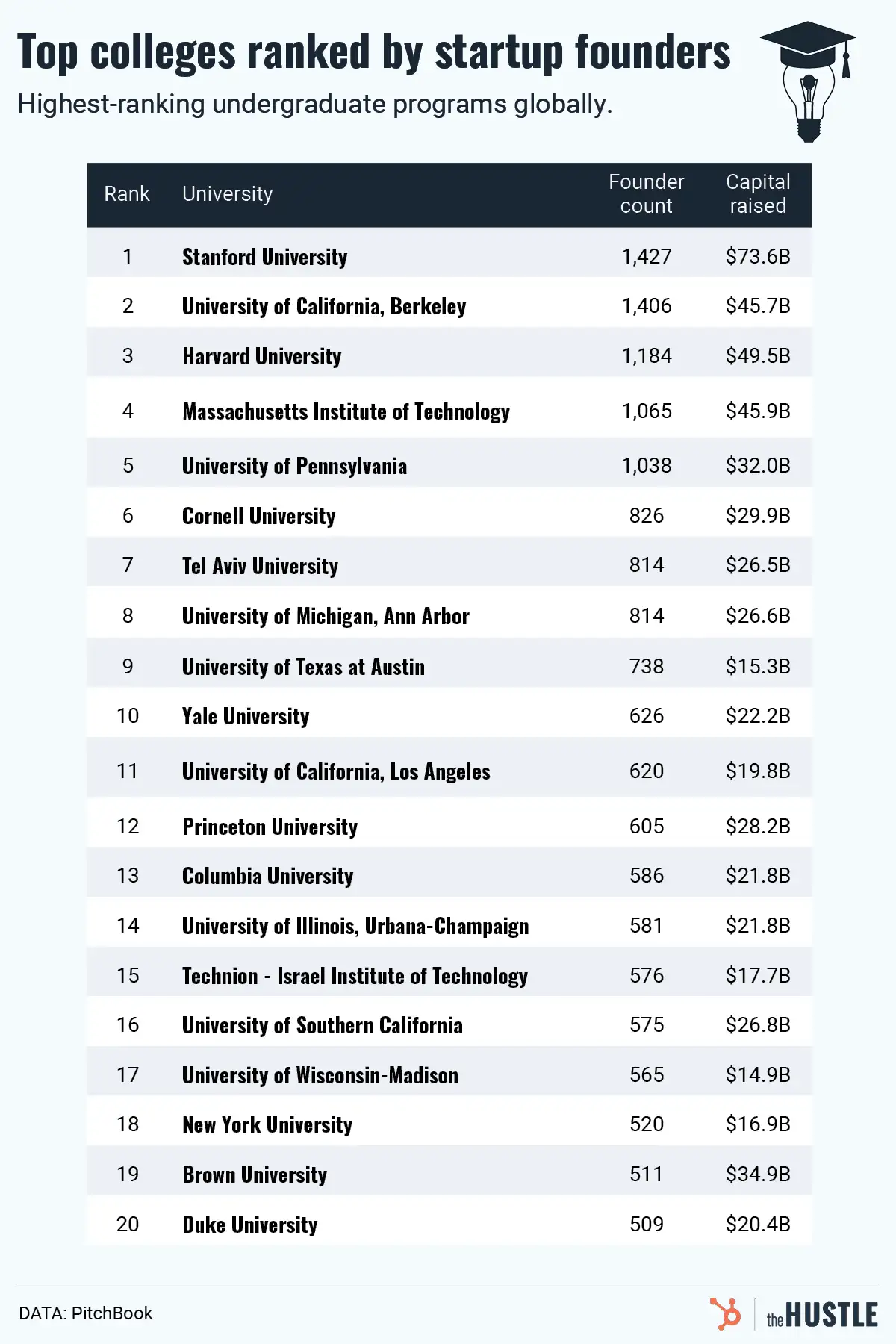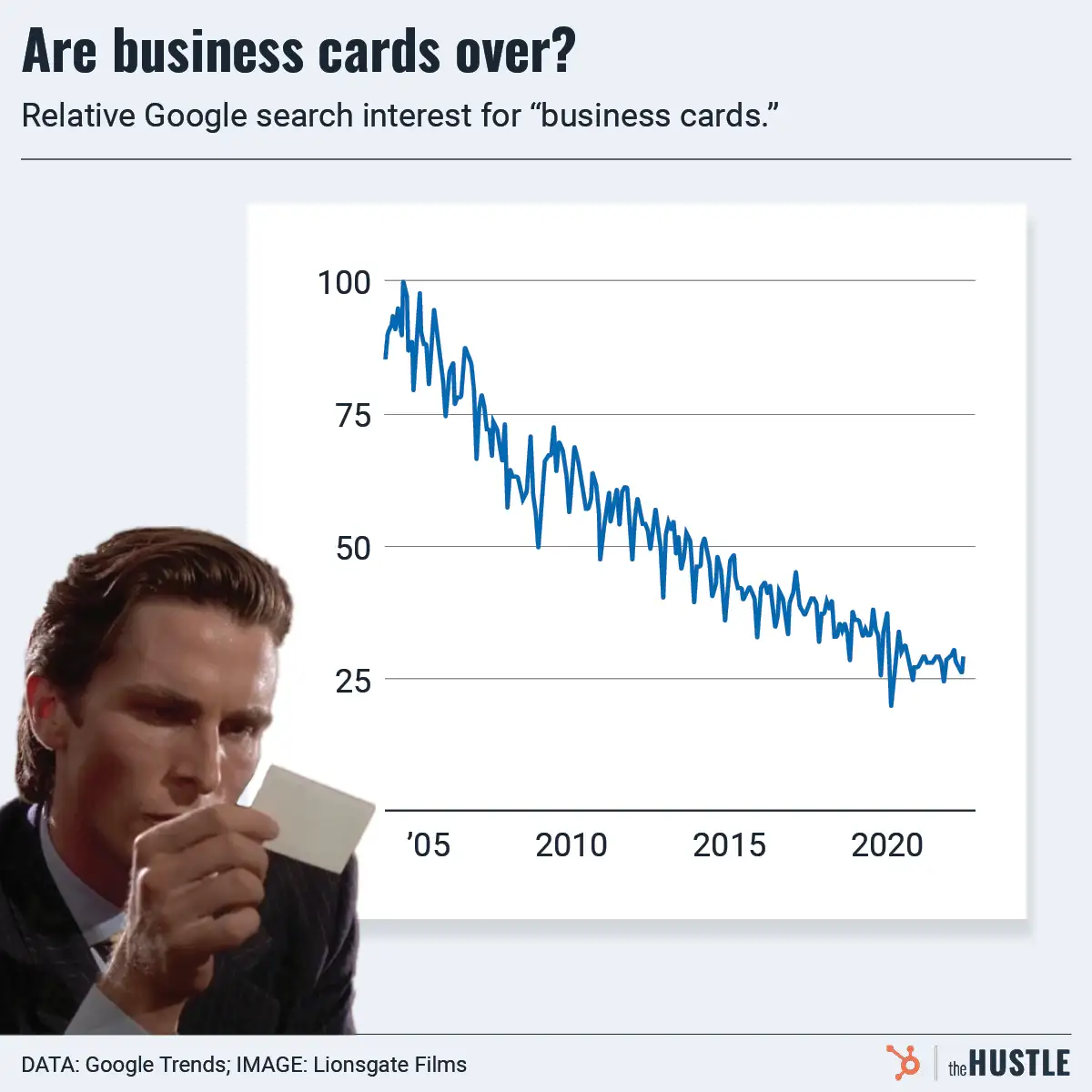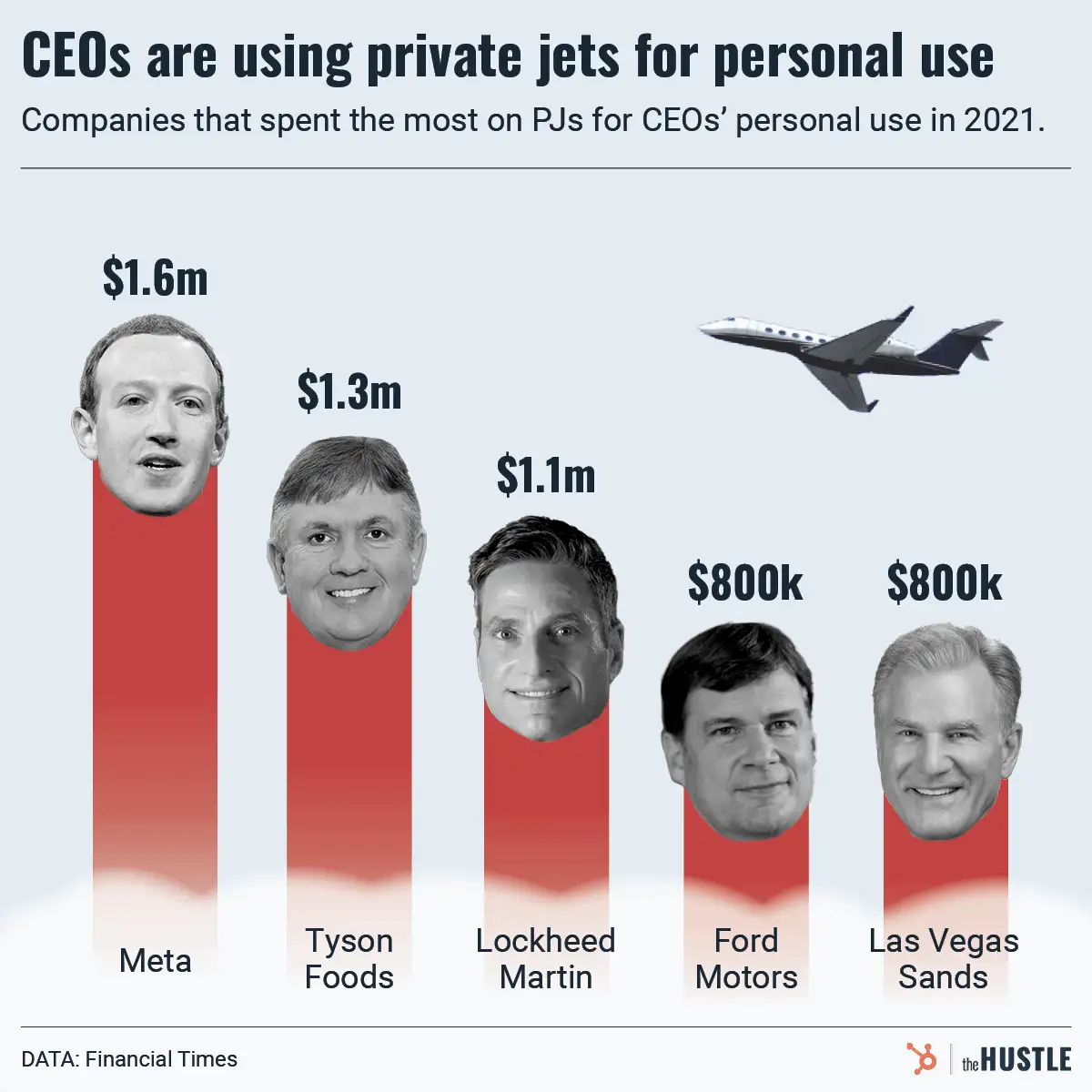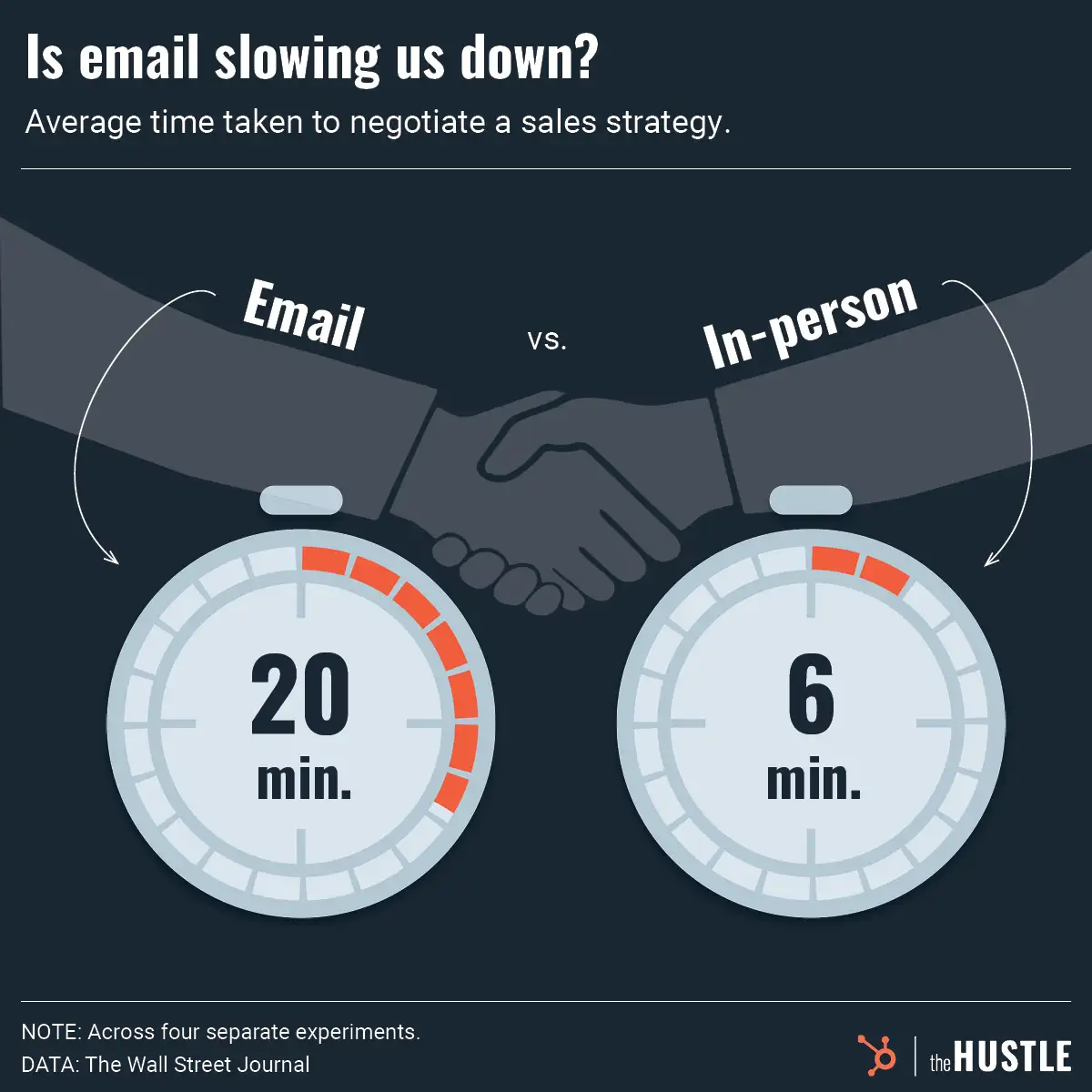Steven Sinofsky at TechCrunch Disrupt (Source: Steve Jennings / Stringer)
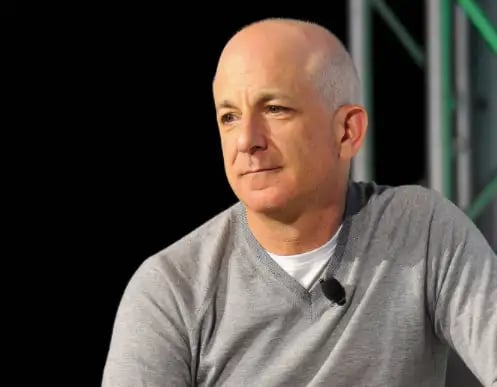
***
Steven Sinofsky used to work at Microsoft.
And, we mean, work there: he joined in 1989 as a technical assistant to Bill Gates and spent more than 2 decades at the firm building Microsoft’s big kahuna products (Office, Windows) during very interesting times (rise of the internet, antitrust case).
Since leaving Microsoft in 2012, Sinofsky has been an active investor with venture firm Andreessen Horowitz.
Over the years, he’s written widely on the topic of software — via his blog (Learning By Shipping) and a book (One Strategy) — but never really spilled the beans about his Microsoft days…until now.
Sinofsky just released a new book called Hardcore Software, but you won’t find it on Amazon. He’s writing it in a serialized format on Substack, which offers a few benefits from traditional book publishing.
Per the book’s website, it’s a “first-person account of the rise and fall of the PC revolution…one section at a time, once or twice a week.”
The Hustle spoke with Sinofsky to find out more about the project:
***
Steven, could you tell us why you are taking the Substack approach for Hardcore Software?
I’ve worked with publishers before on hardbound books and it’s just a different way to tell a story as compared to writing on Substack. A book is static, you have a word count and you don’t have the ability to update the story in real-time.
Distributing on Substack [in a serialized format] is a better match for a few reasons:
- Consuming habits: People don’t sit down for content meals anymore. It’s very hard to get people to consume anything for an hour at a time. But short 5 minute or 8 minute snacks work.
- Richer media: I’m able to include many more pictures, links and other types of media that typical trade press doesn’t allow for.
- Community: Substack has a private forum feature. As an example, after the first chapter was published, I had discussions with ex-Microsoft employees. The community is super active and we’re exchanging Microsoft stories, some of which I’ve forgotten.
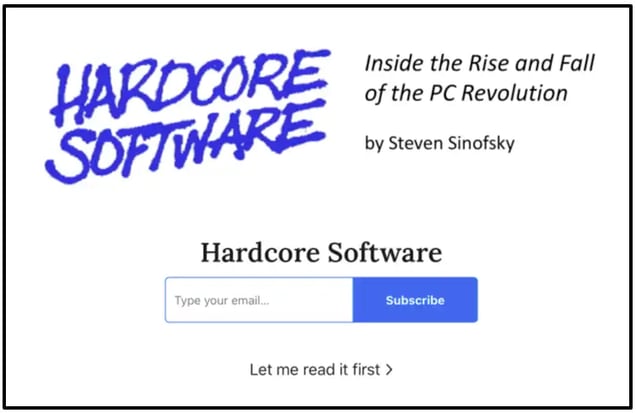
Right, I even saw [former WSJ tech journalist] Walt Mossberg comment on your first chapter.
Walt is in the book later on. In the 1990s, when you released a product, you would send it to 5-6 journalists and Walt was one of them.
They’d be the first people to see the product and then write about “Office 97 with Clippy”. It’s not like that today.
For this story, it must be good not to have a word count. How long is the book?
Not to compare the actual content of the works, but the book size is similar to the first volume of [President Barack] Obama’s book [768 pages].
In the Author Notes of Hardcore Software, you talk about your love for “complex projects”. Do you have any favorites?
The example I often go back to is IBM’s creation of the mainframe computer [IBM Systems/360] in the 1960s. It was the first business computer that sold at scale.
The architecture of the 360 was so wonderful that I used it 25 years later in college. All of the original lessons of building software came from that.
You have to remember that IBM was like a country back in that period. There were historians documenting the creation of the 360. [The name of the book is IBM’s 360 and Early 370 Systems (History of Computing)].
Are there any other similar books?
The other one is My Years With General Motors by Alfred P. Sloan. He was the CEO that GM’s founders brought in to run the car company.
Sloan wrote the book but GM wouldn’t let him publish it for 30 years because they were afraid he would give away trade secrets.
The book explains the modern corporation. The evolution of building a company at scale. It covers concepts like branding, marketing, packaging and organizational theory.
How do these books relate back to your work at Microsoft?
In my own small way, I think a lot of the modern era of software is based on what we did at Microsoft in the 1990s:
- How to build software at scale
- How to design graphical user interfaces (GUIs)
- How to operate in 24-month long cycles (compared to 5+ years-long software processes that were typical of IBM)
- How to sell software products to billions of people
[Just like how IBM and GM have lessons], I believe the period of Microsoft in the 1990s is a time people will refer back to for lessons on software.
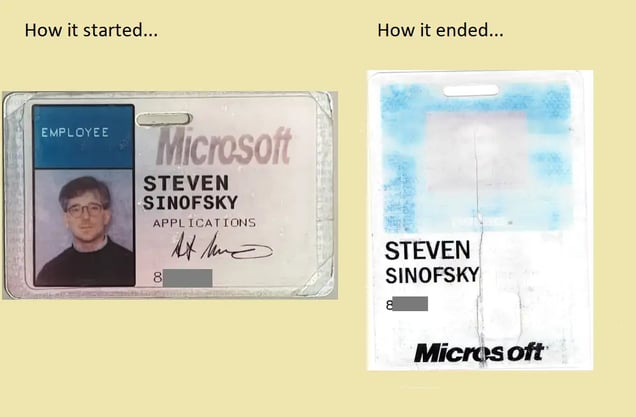
Could you give us some Bill Gates stories?
I don’t want to front run the book, but that story from chapter 1 — where Microsoft recruits me and I get on a phone call with Bill — is vintage 30-year old Bill.
[Editors’s note: In the story, Bill calls Steven and gets right to the point: “So, David gave me this list of like ten people and I’m supposed to call all of them and convince them to work at Microsoft. You should come work at Microsoft. Do you have any questions?”]
He’s very transparent about what he wants. There’s no political wall at that age.
How about your interactions with Steve Jobs?
What’s interesting about Steve is that my career arc at Microsoft kept on intersecting with Steve and all his different roles:
- Next (1990-91): Before I started as Bill’s technical assistant, my team was tasked with building tools like Steve was creating with his company NextComputer. In fact, the password we used on the project was “nextstep”. That’s how much Steve was in our head.
- Steve’s return to Apple (1996-97): When Steve was back at Apple [as CEO], him and Bill were resolving a patent dispute. As part of the deal, Microsoft agreed to make products for the Mac. I was on Microsoft’s Mac Product unit.
- iPhone (2007): When the iPhone came out, I was part of the Windows team, which went up against Apple.
— Steven Sinofsky
I have to ask you. Do you remember where you were when Steve Ballmer went on that “developers, developers” speech?
I think that was 2002 or 2003. I can’t remember exactly where I was sitting but I was there.
Steve Ballmer brought unbridled enthusiasm and passion to the job. It’s not a good idea to make fun of it because when you have to energize 50k people, [that energy is] such an asset.
We’d have these annual company meetings and he’d present straight for 2 weeks prior to the events. By the time he got there, he was totally spent and lost his voice but just brought amazing value.
You see the same with Marc [Benioff] at Salesforce. Marc does it with aloha, while Steve did it with Steve.
Do you have a favorite TV show or movie that represents that period well? I know that your colleague Marc Andreessen is a big fan of the show Halt and Catch Fire.
Halt and Catch Fire is remarkable for how it nails the PC industry in the 1980s. There’s an episode where the team — which is trying to build a competitor to the IBM PC (really risky to try at that time) — goes to the first Comdex computer convention.
The scene is so well done and captures the experience exactly. A small hotel room jammed with 40-50 people dressed nicely with liquor and smoke everywhere.
That show also perfectly captures the unbelievable presence of IBM during that period.
Microsoft and Bill were like that in the 1990s. It’s like how Elon tweets now. Bill would go on TV and talk about the cable industry, and then [everyone would talk about the cable industry].
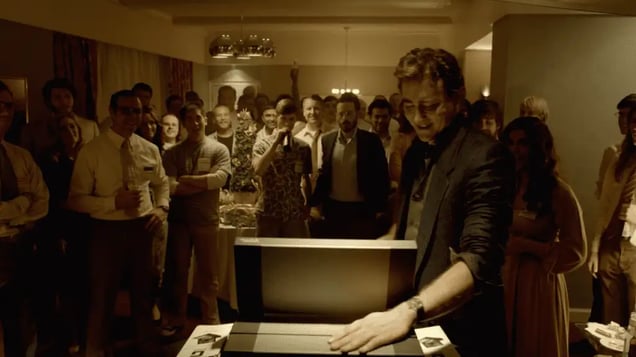
What’s the best advice you’ve ever been given?
This isn’t advice but it’s something I’ve learned since I started writing Hardcore Software. There are so many things that you thought mattered and fought for over the course of your career that — when you write the story about it — realize it did not matter.
Now, I don’t have a formula to decide what’s worth fighting for at the time but from my own experience…from going through and reliving past decisions, it turns out a lot of things I thought mattered didn’t actually matter.
Do you have a request for a startup?
I love the productivity space. Most of my career was on [Microsoft] Office. If you’re into creating information, like charts, graphs, words and numbers, that’s something I’ll always be interested in.
Also, I love it when people without experience in the productivity space try something new. They sometimes see the future of productivity since they’re not so deep in it already.
On that note, let me ask you one final question: Will Microsoft Excel get Stories?
I don’t think the Excel team will be able to resist the temptation to add Stories. They’ll probably succumb to peer pressure [laughs].
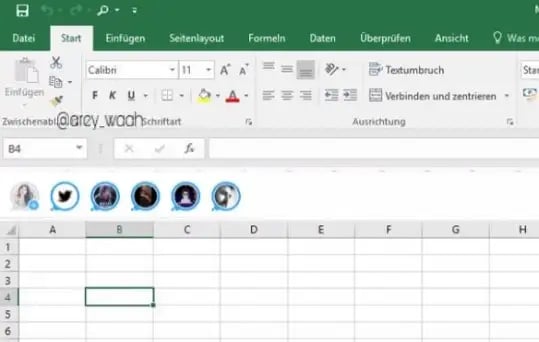
Will they or won’t they? Stories in Microsoft Excel (Source: Twitter)

